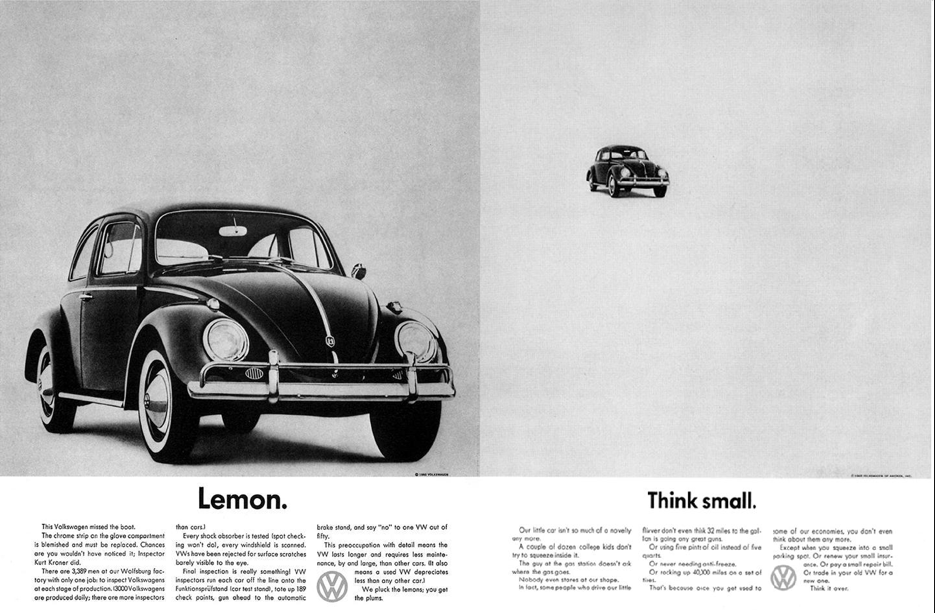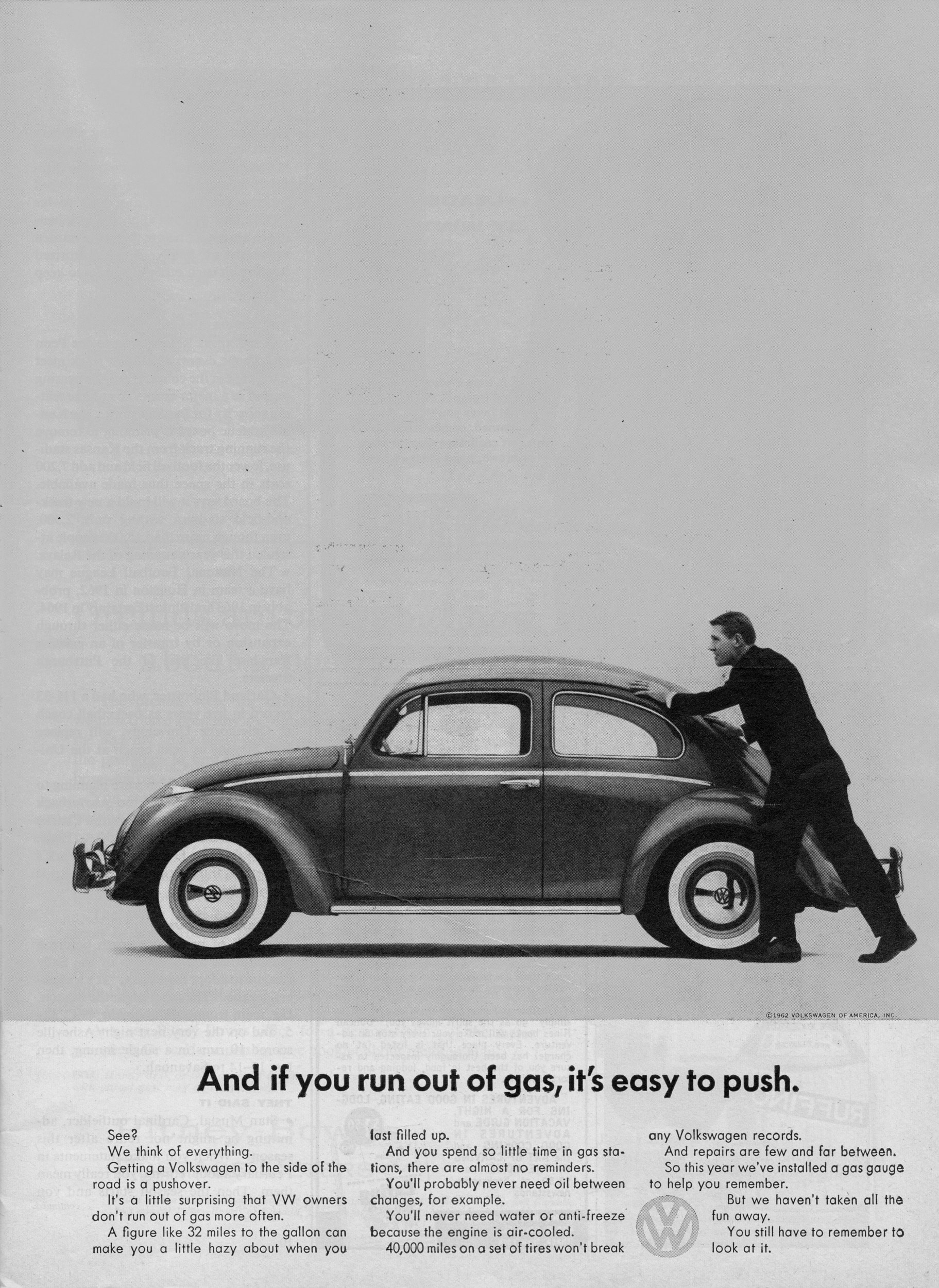Kramer attended the Industrial Arts Program of the New York State University in 1951, before attending the Yale School of Arts and Architecture in 1954. While at Yale, he also went to the Royal College of Art in London. After years of studying art and design, Kramer graduated from Yale University in 1957.
He worked at Will Burton Office, worked for Architectural Record magazine, and New York Life Insurance Company before moving to Toronto, Canada. There, he worked for Paul Arthur & Associates as an art director. In 1967, he established his own branding agency with a focus on corporate designs.

https://en.wikipedia.org/wiki/Burton_Kramer
The logo Kramer designed for CBC features the letter C in the middle, surrounded by geometric circular shapes that echo the form of the C. Many people used to call it the “exploding pizza.” The goal was to represent both English and French broadcasting.

However, in the 1990s, the logo was changed. It became one solid Pantone colour, and the C that appeared in the previous logo is closed. Kramer dislikes this change, as he was not responsible for this change in design.
From 1980-2001, he began teaching design for corporations and typography. He is still alive today and continues to build a legacy of geometric, energetic, and expressive designs.
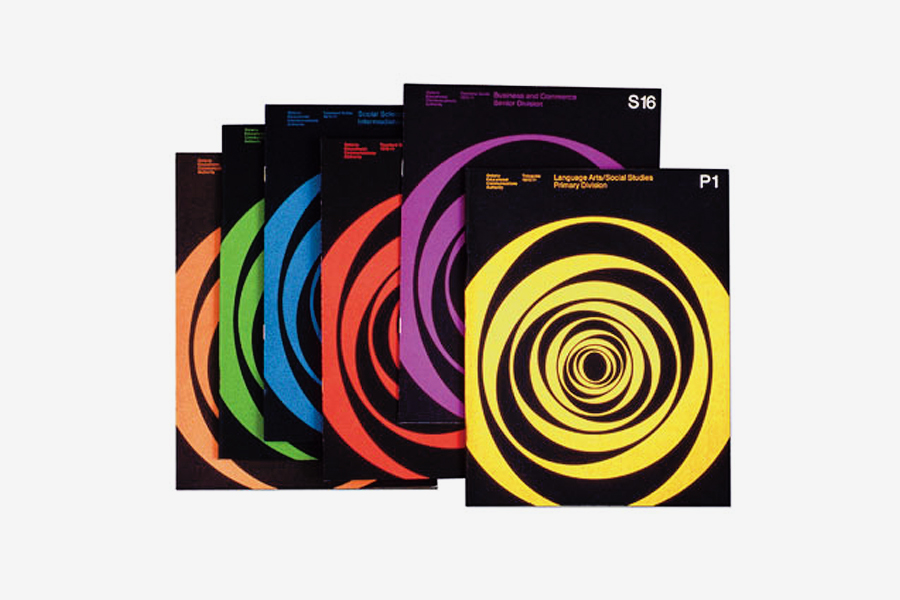
http://www.designculture.it/interview/burton-kramer.html
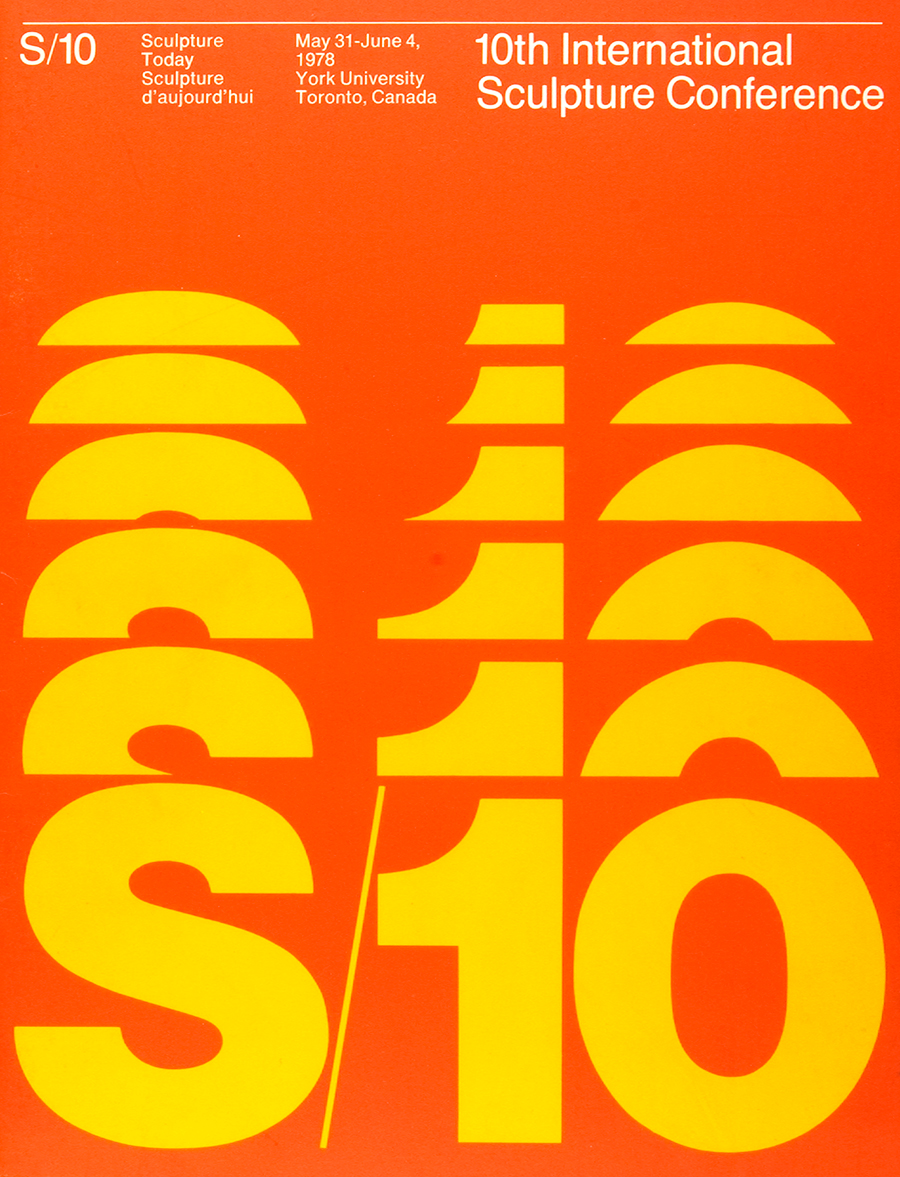
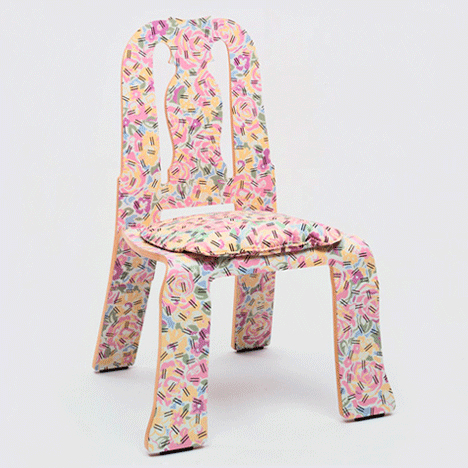

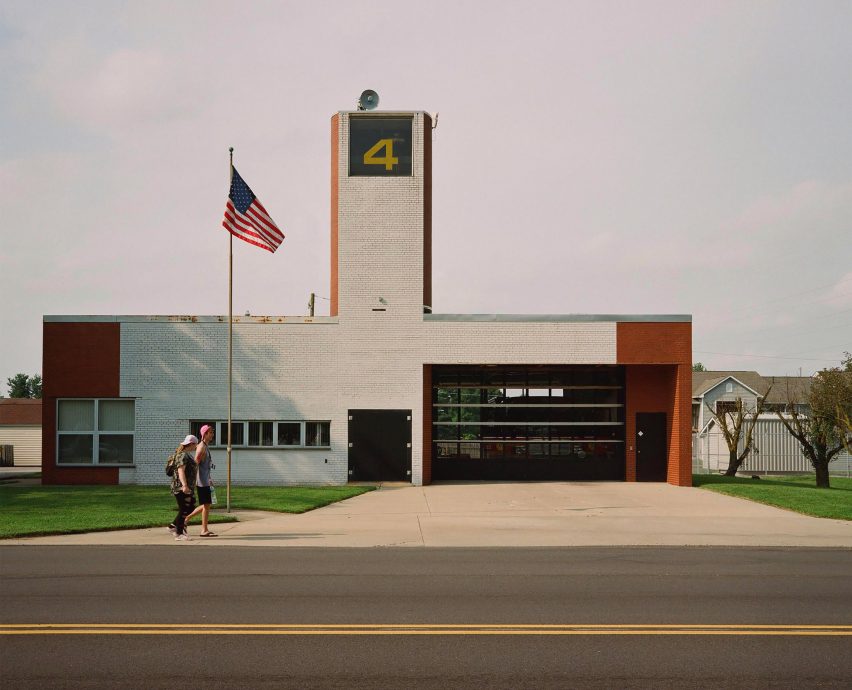
/cdn.vox-cdn.com/uploads/chorus_image/image/58189369/cc2a2790646381af98e00478536e605d.0.jpg)





